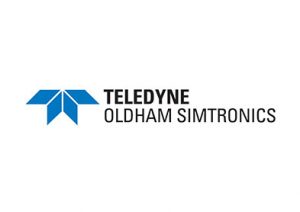Hydrogen as a fuel commodity in Australia. It has become an increasingly popular source of fuel in the Australian market as the country moves towards more renewable sources of fuel. When hydrogen burns it releases no carbon emissions, only water.
As a fuel, hydrogen is highly flammable and so hydrogen leaks generate a serious risk of fire. However, hydrogen fires are markedly different to fires involving other fuels. When heavier fuels and hydrocarbons, like petrol or diesel, leak they pool close to the ground. In contrast, hydrogen is one of the lightest elements on earth, so when a leak occurs hydrogen rapidly disperses upwards. This makes ignition less likely, but a further difference is that hydrogen ignites and burns more easily than petrol or diesel. In fact, even a spark of static electricity from a person’s finger is enough to set off an explosion when hydrogen is available. Hydrogen flame is also invisible, so it is hard to pin-point where the actual ‘fire’ is, but it generates a low radiant heat due to the absence of carbon and tends to burn out quickly.
Hydrogen Fuel Basics (Production of Hydrogen Fuel)
Hydrogen can be converted through multiple processes including a thermal process and electrolysis in order to produce energy.
Thermal Process
The thermal process for the production of energy involves the transformation of hydrocarbon molecules into independent hydrogen and carbon atoms through the application of high temperature steam, known as steam reforming. Hydrocarbons are any organic fuel composed of only hydrogen and carbon atoms. Examples include ethane, Propane, butane and pentane.
Subsequently high temperatures of the thermal process present fire hazard which requires safety intervention in order to reduce the risk I.e., likelihood of a fire.
Electrolytic Process
Water is composed of two hydrogen atoms in covalent bonds with an oxygen atom, subsequently they share elementary electron particles. Electrolysis is the process of passing an electric current through water in order to decompose the molecule into a positive hydrogen (H+) and OH- ions by breaking apart the covalent bonds. Hence the imbalance of electrons creates hydrogen ions.
Subsequently hydrogen ions accumulate around the cathode/negatively charged inert metal plate due the polarization of hydrogen and its attraction to opposing charges (negative). These plates are set up in a water solution containing some conductive flux (typically caustic potash/potassium hydroxide) with DC current passing through them. This current travels through the water solution and decomposes water molecules into their basic parts, which are oppositely charged and amalgamate around their respective charged plate.











